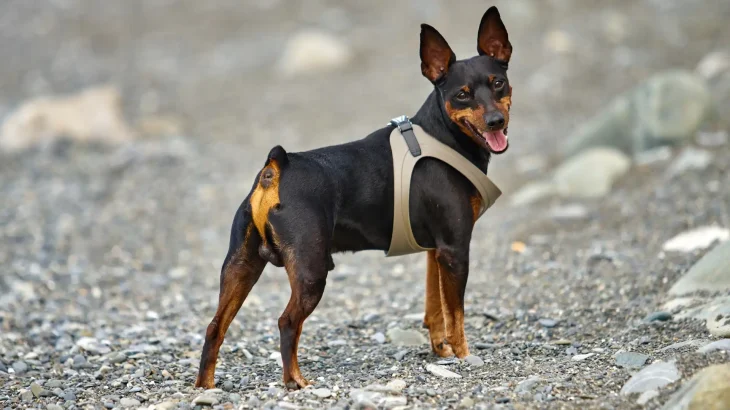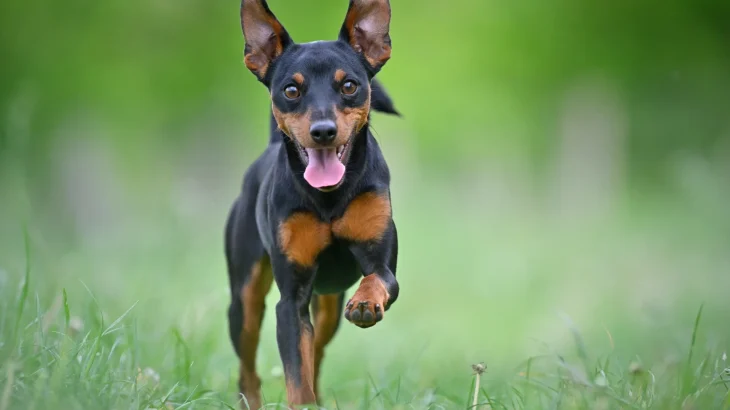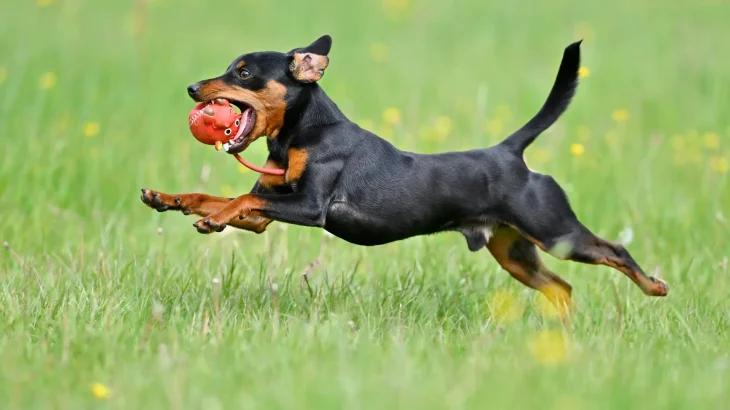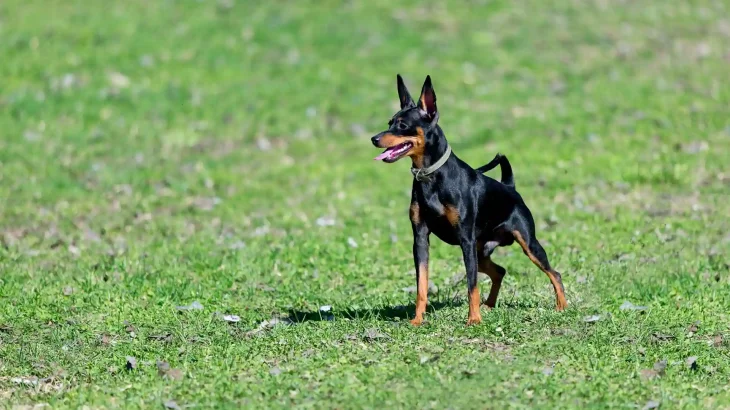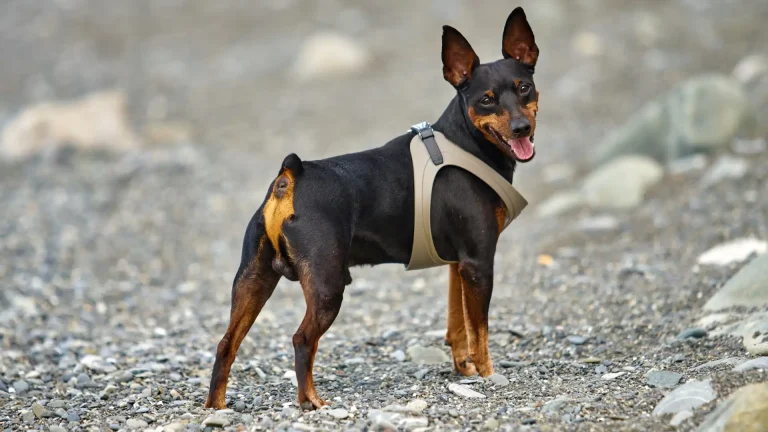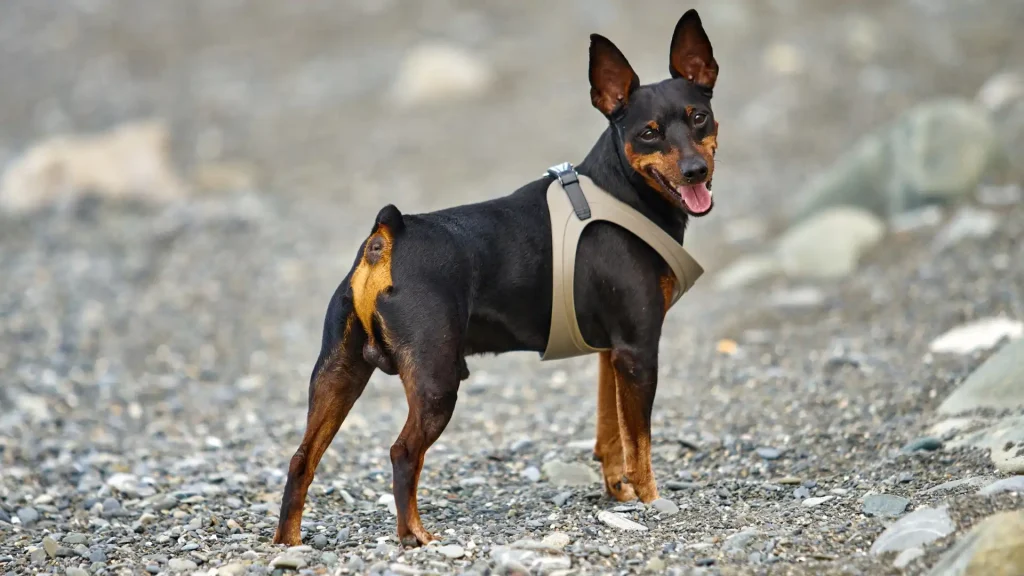Deciding between adopting or purchasing a Miniature Pinscher puppy depends on your priorities and what you value most. While purchasing from a breeder often offers guaranteed breed purity and health history, adopting supports animal welfare and can sometimes provide a loving companion with less upfront cost. Both options come with unique benefits and challenges specific to the Miniature Pinscher breed.
Adoption vs. Breeder: Pros & Cons
| Criteria | Buying from Breeder | Adopting from Shelter/Rescue |
|---|---|---|
| Cost | Typically higher, reflecting purebred status and breeder expenses. | Usually lower adoption fees, often including initial vet care. |
| Health History | Detailed veterinary and genetic screening available. | Health status may be less certain; basic health checks done by shelters. |
| Age Availability | Primarily puppies, allowing bonding from an early age. | Varied ages, including adults, offering options beyond puppies. |
| Temperament Insight | Breeders can provide temperament insights based on lineage. | Shelter staff can offer behavioral observations, but full history unknown. |
| Supporting Practices | Supports breeding programs; important to choose ethical breeders. | Helps reduce pet homelessness and supports animal welfare organizations. |
| Breed Purity & Pedigree | Guaranteed breed purity with certification and pedigrees. | Breed purity uncertain; mixed breeds more common. |

